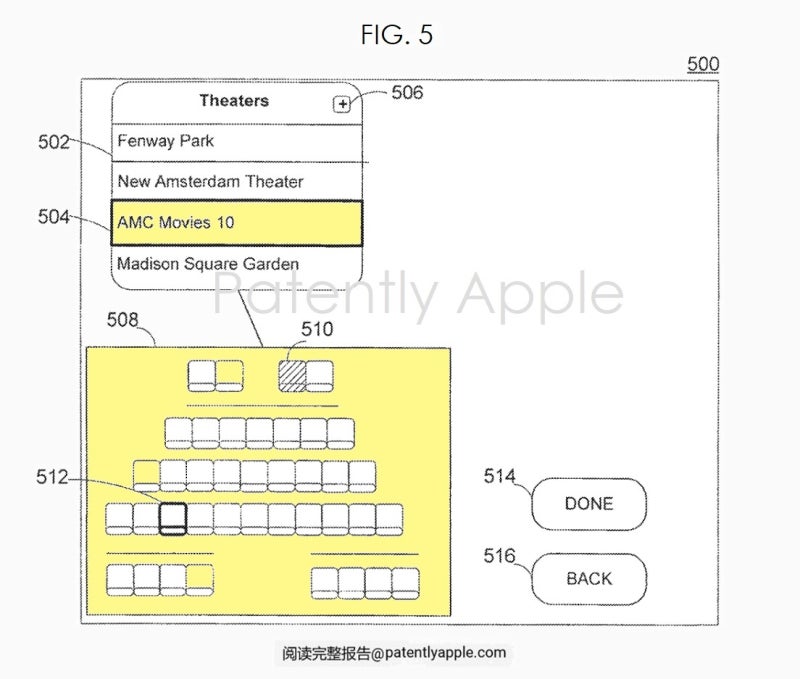Apple was working on Vision Pro-style headset before it released the original iPhone in 2007

2007 was a very exciting year for Apple as it changed the world. On January 9th of that year, then-CEO Steve Jobs held the iPhone in his hands at Macworld setting off a revolution in wireless and mobile communications that might be slowing down but is always innovating. Speaking of innovations, early next year Apple will be releasing its $3,499 Vision Pro spatial computer.
Apple's new patent covers a filing for a headset it submitted back in 2007
While the headset does feature cutting-edge virtual and augmented reality features, Apple actually applied for a patent on a similar device back in 2007 before the original iPhone was released. According to Patently Apple (via 9to5Mac), the tech giant just received a patent on Tuesday titled "Automatically Adjusting Media Display In A Personal Display System" for a head-mounted device. The patent granted by the USPTO covers a patent application for a headset dated May 4, 2007, before Apple released the original iPhone at the end of the following month.

From the 2007 patent application, Apple shows off a button to adjust the UI on the headset similar to today's Digital Crown
Even back in 2007 Apple's original filing called for the use of sensors to detect the movements of the user. In the 2007 filing, Apple wrote, "For example, the device may detect a user’s head movement and cause the portion of media displayed to reflect the head movement…The user may move his head, eyes, or another body part to cause the portion of the media displayed to follow the user’s movement." Sound familiar?
Also interesting is that back in 2007 Apple thought of a VR-like feature that would allow headset wearers to experience the illusion of watching streamed video content while sitting in a theater. As stated by Apple in the 2007 filing, "Using one or more optical and digital components, the personal display device may adjust displayed media to overlay features of a theater, thus giving the user of the personal display device the impression of being in the theater."
According to Apple, Vision Pro "brings the scale and wonder of a movie theater to whatever space you're in. It automatically darkens and casts a beautiful glow into the room. And you can make a screen as big as you want. Spatial audio surrounds you and makes you feel like you're part of the action. And, for an extraordinary cinematic experience, you can bring in a beautiful environment and make your screen feel 100 feet wide."
The 2007 filing also mentioned how this headset would allow users to watch sports and feel like they are at the game. All those years ago Apple wrote, "The personal display device may provide the user with an opportunity to view media associated with a baseball game as if the user were in a baseball stadium (e.g., Fenway Park or Yankee Stadium)...The personal display device may modify the display of a sporting event to reflect the seat in the stadium from which the user selected to watch the event."
The Vision Pro uses two SoCs with 40 billion transistors between them
Apple goes on to mention how sound would be adjusted to match where in the virtual stadium you are watching the game from, and would also be adjusted to take into account the position of the user's head. Apple even created a button back in 2007 that would adjust the interface for the headset which is something that is coming to the Vision Pro. We know it as the Digital Crown.

In 2007, this is how Apple saw headset users reserving seats to a movie or a sporting event
In its original filing, Apple illustrates how someone wearing the headset could use a seating map to purchase specific seats at a movie theater, a ballpark, or an arena. Or media could play to show the user what view he/she might experience from a particular seat.
The Vision Pro uses two Apple M2 chips which are each built by TSMC using the 5nm process node. The two components have 40 billion transistors between them which is a number that Apple could not come close to back in 2007. While Apple might have envisioned a headset similar to the Vision Pro before 2007, the company needed the technology to get to today's level before it could build a device that has consumers willing to shell out $3,499 to buy.
Follow us on Google News









![A new Android bug is making it impossible to install new apps. Are you affected? [UPDATE]](https://m-cdn.phonearena.com/images/article/176703-wide-two_350/A-new-Android-bug-is-making-it-impossible-to-install-new-apps.-Are-you-affected-UPDATE.webp)


Things that are NOT allowed:
To help keep our community safe and free from spam, we apply temporary limits to newly created accounts: